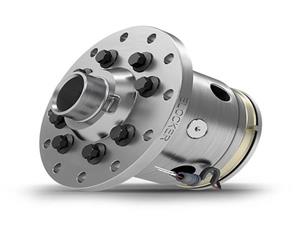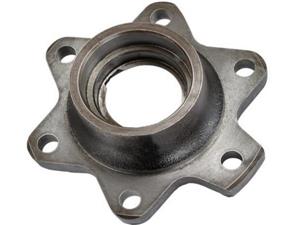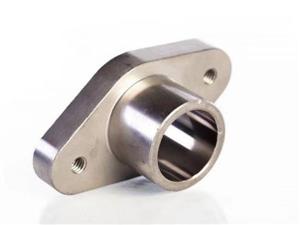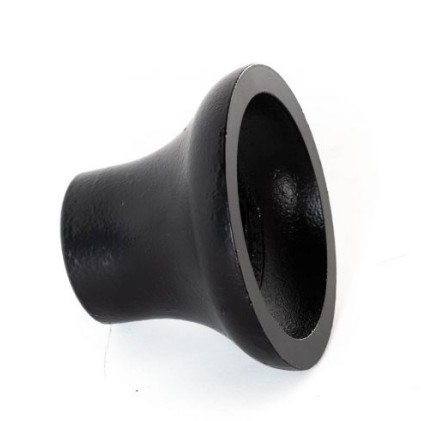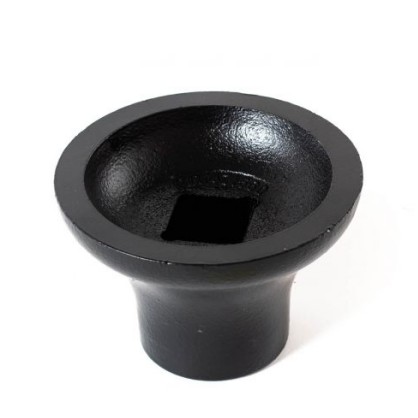Classification and Process of Cast Iron
Classification of cast iron:
1、 According to the different forms of carbon present in cast iron, cast iron can be divided into
(1) White cast iron
Carbon, except for a few dissolved in iron, exists in cast iron in the form of cementite, and its fracture surface is silver white, hence it is called white cast iron. At present, white cast iron is mainly used as a raw material for steelmaking and as a blank for producing malleable cast iron.
(2) Gray iron
All or most of carbon exists in cast iron as flake graphite, and its fracture is dark gray, so it is called gray iron.
(3) Brute cast iron
Part of carbon exists in the form of graphite, similar to gray iron; The other part exists in the form of free cementite, similar to white cast iron. The black and white pits in the fracture surface are called mottled cast iron. This type of cast iron also has high hardness and brittleness, so it is rarely used in industry.
2、 According to the different forms of graphite in cast iron, cast iron can be divided into
(1) Gray iron
Graphite exists in flakes in cast iron.
(2) Malleable cast iron
Graphite in cast iron exists in clusters and flocs. It is obtained from a certain composition of white cast iron after high-temperature and long-term annealing. Its mechanical properties (especially toughness and plasticity) are higher than gray iron, so it is customarily called malleable cast iron.
(3) Ductile iron
Graphite exists in a spherical shape in cast iron. It is obtained after spheroidizing treatment before pouring molten iron. This kind of cast iron not only has higher mechanical properties than gray iron and malleable cast iron, and its production process is simpler than malleable cast iron, but also can further improve its mechanical properties through heat treatment, so it is increasingly widely used in production.
The main casting process includes:
Metal melting, model manufacturing, casting solidification, and demolding cleaning. The main materials used for casting are cast steel, cast iron, non-ferrous alloys (copper, aluminum, zinc, lead, etc.), etc. The commonly used casting method is sand casting, followed by special casting methods such as metal mold casting, investment casting, gypsum mold casting Etc. Sand casting can be divided into clay sand mold, organic binder sand mold, resin self hardening sand mold, lost foam mold, and so on,

